Although Japanese women were involved in the Japanese pottery industry for centuries, mainly as decorative artists with their tea wares or performing menial tasks, they were excluded from being in direct contact with the kilns or taking on apprenticeships. Postwar Japan saw more opportunities arise for women in advanced education and they began to enter university art schools and other training facilities both in Japan and overseas. They were exposed to a broader range of creative disciplines and artistic movements and successfully integrated this into their ceramic art and sculptures, while maintaining a connection to the subtle Japanese aesthetic.
From the mid-50’s on they began to establish themselves as independent studio pottery artists. The current generation of female Japanese ceramicists have truly emerged with original and innovative works that seamlessly blend contemporary with traditional styles and techniques and open up new horizons in Japanese art.
Metamorphosis 5 – Tomita Mikiko – ceramic sculpture
2006
Metamorphosis 2 – Tomita Mikiko
2006
Cornucopia 05-XIII – Tashima Etsuk
Japanese ceramic sculpture , 2005
Hayashi Kaku contemporary ceramics
( japanesepottery.com )
Hayashi Kaku
Sakurai Yasuko – Vertical Flower
2010
( yufuku gallery )
Sakurai first builds her forms by connecting her mold-cast porcelain tubes using clay and slip; she then scrapes away the exterior clay revealing her envisioned sculptural contours. The form is then hollowed out, now exposing the distorted openings that accent the walls of her sculptures.
Sakurai Yasuko
La Prière (The Prayer), 2006 – Matsuda Yuriko
Matsuda Yuriko – In her shoes, 2007.
Matsuda Yuriko Mount Fuji, 2007
Clay with porcelain, enamels.
Persian Tea Bowl – Koike Shoko
2007
Koike Shoko – Shell Vessel
2006
Koike takes the sea as her point of departure, creating shell-inspired forms in stoneware with irregular, undulating edges that protrude from her hand-built bodies. Made from Shigaraki clay, her wheel-thrown bodies are later shaped by hand and adorned with ruffled edges and projections. A creamy white, opaque clay covers her forms. The edges are further defined with iron brown glaze and sometimes supplemented with metallic, iridescent or turquoise glazes.
Sei (purity) – Imada Yoko
( yufuku gallery )
Moon Shadows – Kitamura Tsuruyo
1994
( www.kehoe.com.au )
Essence of Woman, 1986. Kitamura Tsuruyo
Stoneware, glaze.
Dawn, 2003 – Kitamura Tsuruyo
Fukumoto Fuku
White vase form of deep straight-sided bowl set within a conical bowl, joined by a band of blue and green glazes, 2013
( Joan B Mirviss )
Fukumoto Fuku
( keikoartinternational.com)
Vase with Seascape – Kitamura Junko
1992
Kitamura creates modern forms that reflect her upbringing in ancient Kyoto. Inspired by primitive Jomon pottery (10,500-300 BC), Kitamura creates monochrome vessels with mysterious spiral motifs consisting of dots and detailed patterning. After impressing miniscule geometric shapes into patterns reflective of textile, lacquer and other craft motifs, she covers the work in black-brown slip before bisque firing.
Great Wave – Kitamura Junko
1993
Photograph by Petegorsky/Gipe
Large Double-Ellipse Vessel – Kitamura Junko
2006
Cone Vase – Kitamura Junko
1993
Double-Walled Vessel – Kitamura Junko
Stoneware, white slip, 2005
Noh Form – Kishi Eiko
Stoneware, colored clay chamottes, clay slip, glaze. 2004
Saiseki Zōgan Vessel – Kishi Eiko
2003
Saiseki zogan utsuwa – Kishi Eiko
Eiko Kishi invented the technique used to create this piece, which she calls “colored inlay” (saiseki zōgan). This technique is her primary method for making ceramic artwork, and she has been using it since 1984. Kishi begins this process by mixing wet clay with small fragments of ground, hardened clay. She then molds the form of the piece and shallowly cuts a pattern into the surface of the form using a needle or engraving knife. Before firing, these crevices are filled with more fragments of ground clay, raw pigment, and glazes. Kishi has said that she enjoys utilizing this process because the finished effect is reminiscent of stone, yet the works still retain the properties of ceramic objects
Saiseki Zōgan Flowing Motif in Stone – Kishi Eiko
1983 – Photograph by Keitaro Yoshioka, Boston.
Vessels for Flowers – Kawakami Tomoko
2007
Katsumata Chieko
Katsumata Chieko
Katsumata Chieko 1983
Helmet Shaped Vase with Textured Patination
Photograph by Robert Lorenzson, New York.
Untitled (French Pumpkin) – Katsumata Chieko
2005
Photograph by Richard P. Goodbody.
Katsumata Chieko 1996
Katsumata went to study industrial design in France, where she met a female ceramic artist who used hand-built forms to express herself in a free and spontaneous manner. The freshness of this artist’s work made such an impression on Katsumata that she began making pottery herself. It was also through her French art-school tutor that she discovered the beauty of Japanese ceramics. Katsumata’s fondness for layering coloured slips owes much to a technique of overlaying colours in oil-painting. Instead of painting directly on the vessel, she covers the vessel with a piece of cloth while she applies the color in order not to leave traces of brushwork. The process of covering and applying decoration is repeated as required to produce a unique color and texture. Her use of striking hues and bold forms give her pieces a surrealistic edge.
The feminine elegance of Fujikasa Satoko-Flow-#1
Yellow glazed sculpture “Sprouting Seed” – Fujino Satchiko
( Joan B Mirviss )
Fujino Satchiko
( WAH centre )
Glazed Dish – Hoshino Kayoko
2006
By hand-pinching and slicing her clay with wires, Hoshino “releases” the forms within the clay to create silhouettes and shapes inspired by the mountain peaks and boulders from the natural landscape of rural Japan.
Decorative Vessel – Hoshino Kayoko
2006
Platter with Palladium – Hoshino Kayoko
2006
Red vessel with linear motif – Ogawa Machiko
Stoneware with iron-oxide glaze -2012
( Joan B Mirviss )
Chawan by Ogawa Machiko
( japanesepottery.com )
Vasques – Futamura Yoshimia
The sculptural forms of Futamura Yoshimia are intended to be reflections of nature and are infused with a vibrant living essence. She uses a blend of stoneware and a mixture of fired and raw granulated porcelain to create her collapsed rounded forms that appear both vegetal and geological in origin. These forms are encrusted with feldspar, and enhanced with cobalt and iron oxide glazes that are sometimes iridescent.
Futamura Yoshimi
Puls Gallery
Vase 2008 – Futamura Yoshimi
( yoshimifutamura.com )
Naissance (Birth) – Futamura Yoshimi
2005
Kayoko Hoshino
…

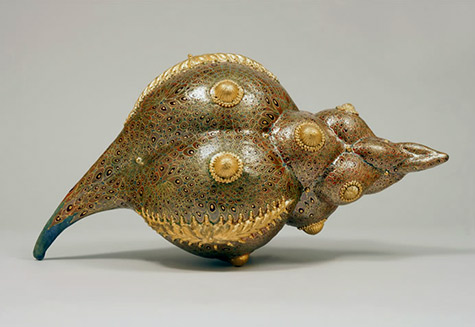
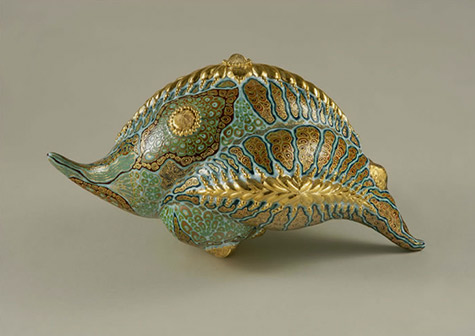
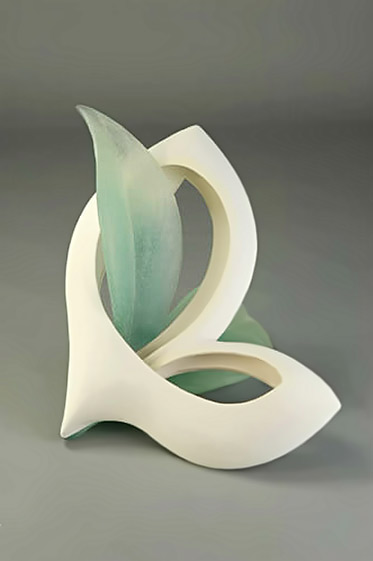
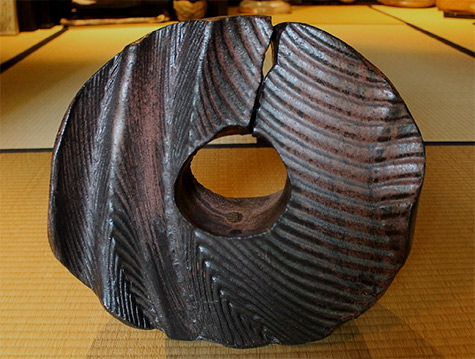
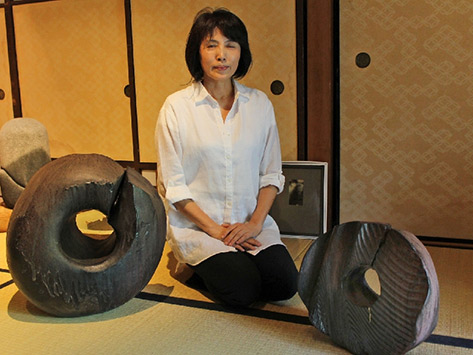
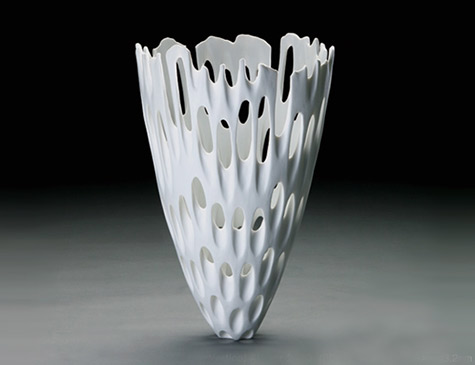
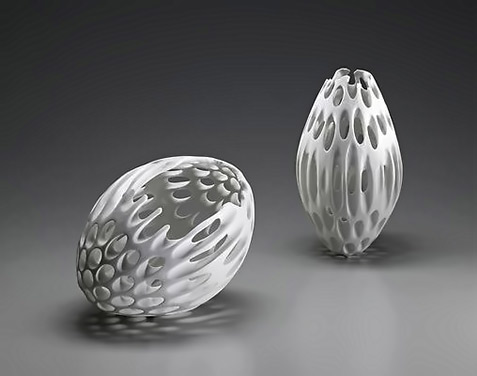
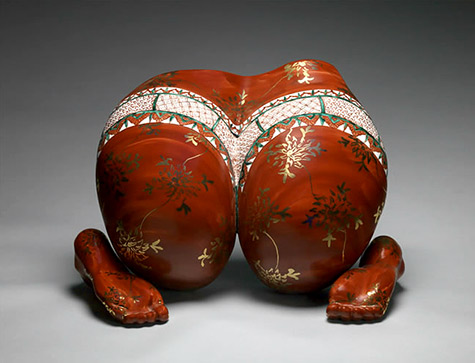
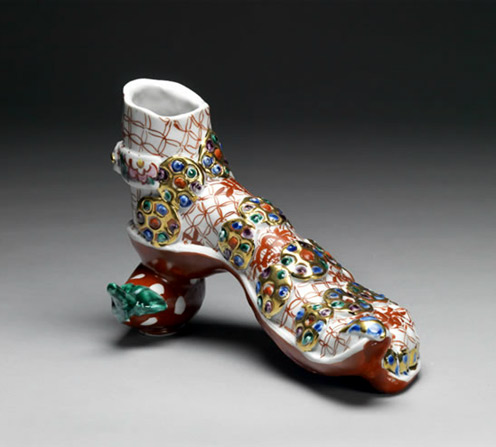
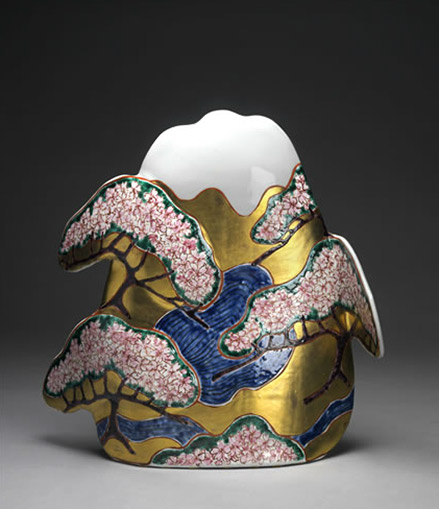
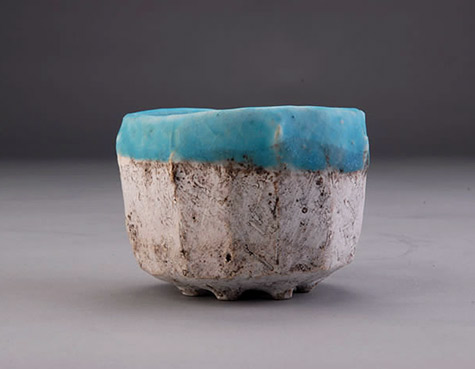
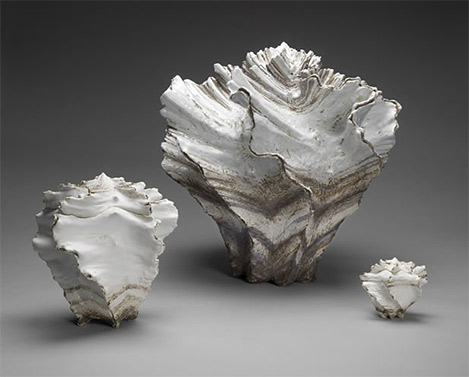
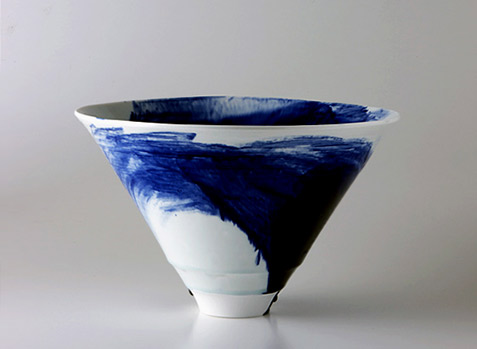
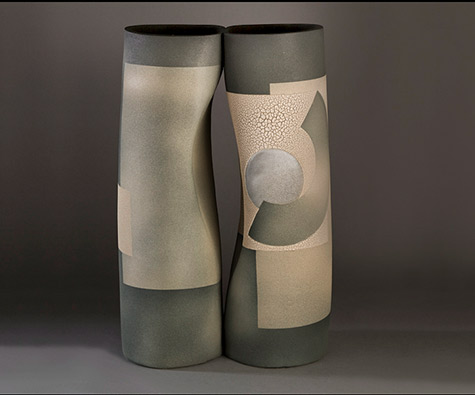
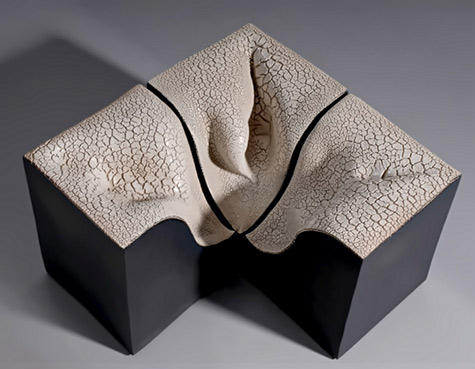
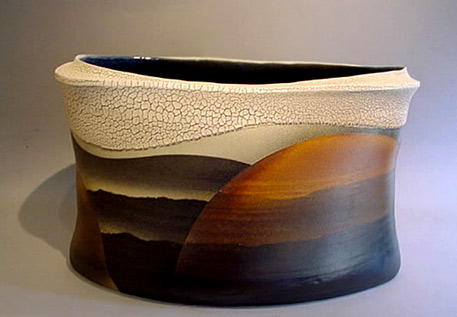
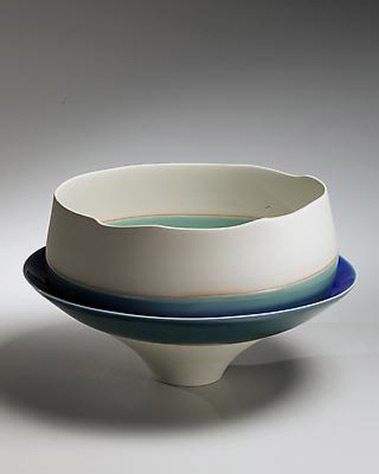
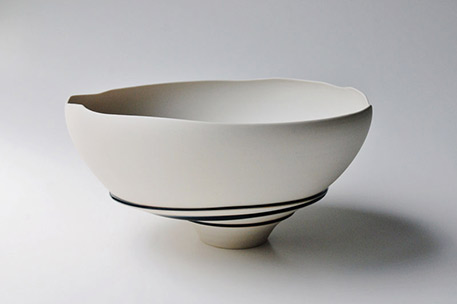
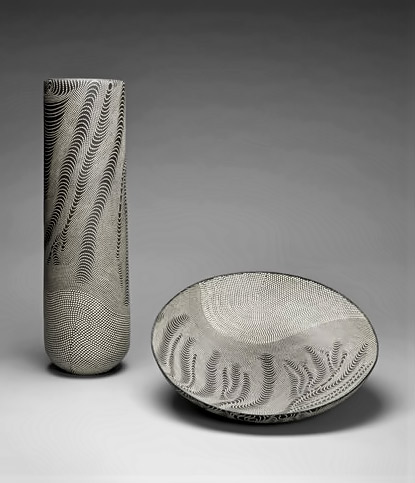
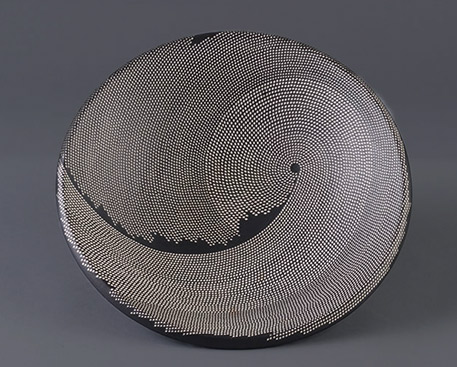
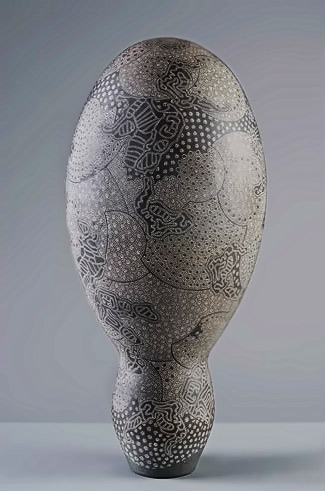
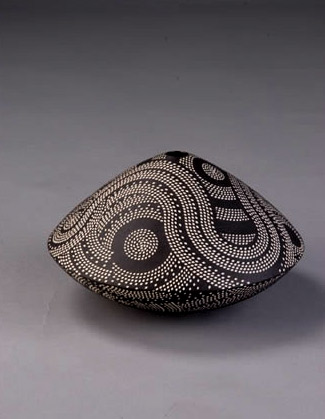
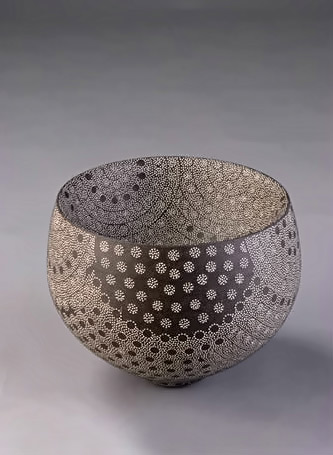
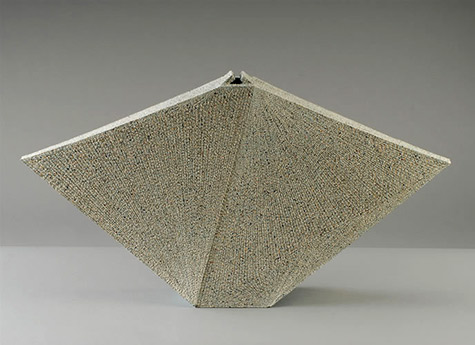
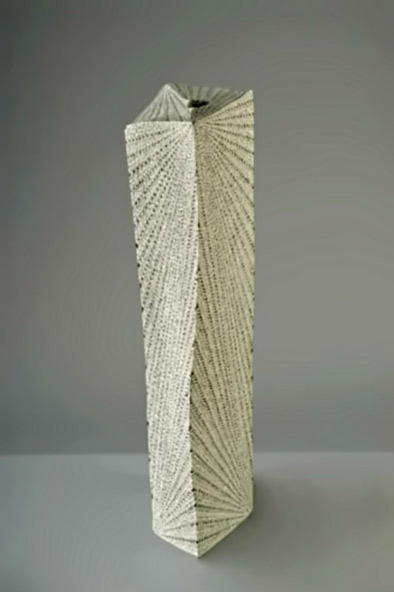
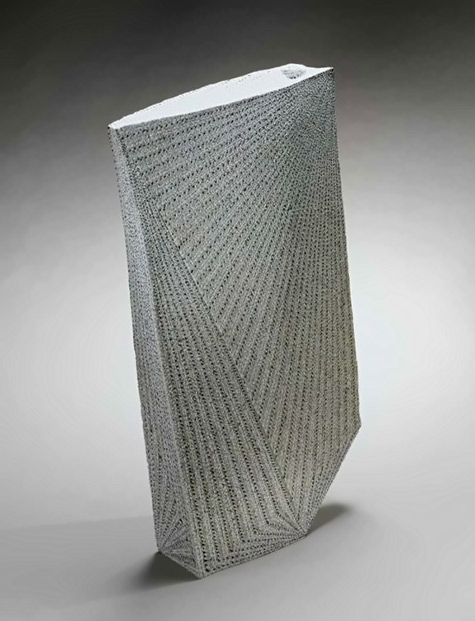
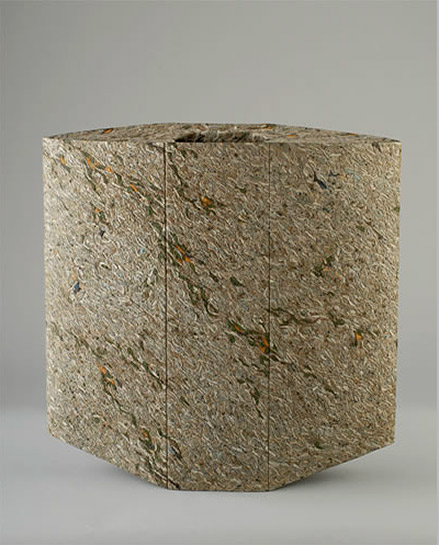
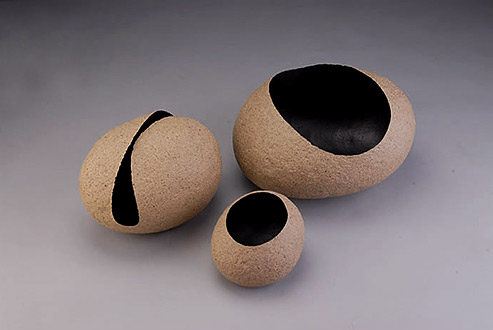
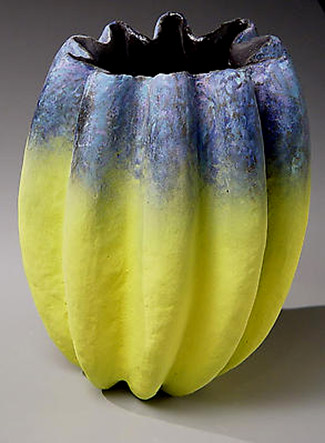
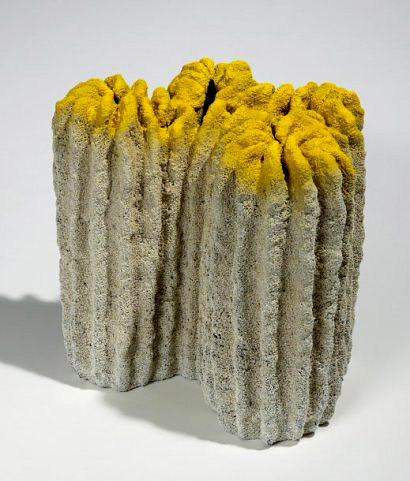
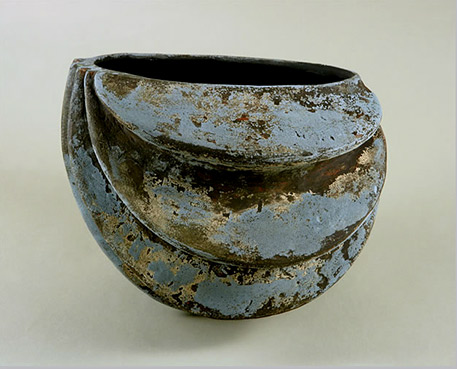
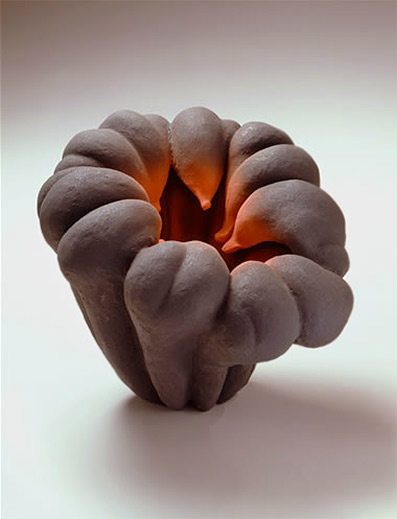
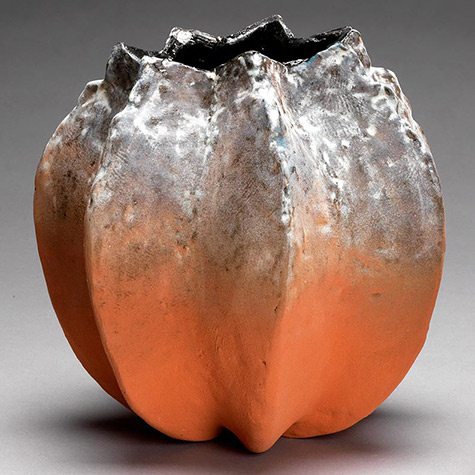
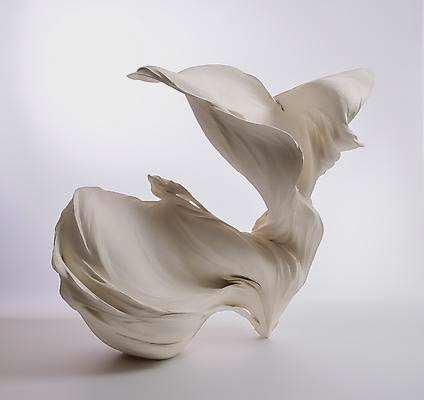
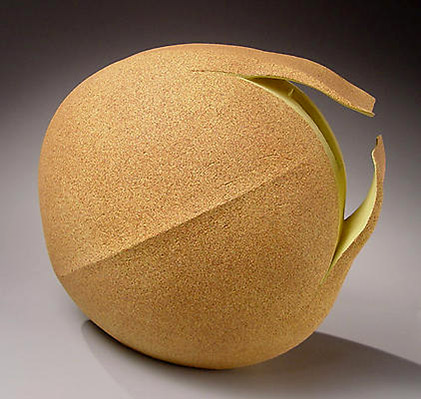
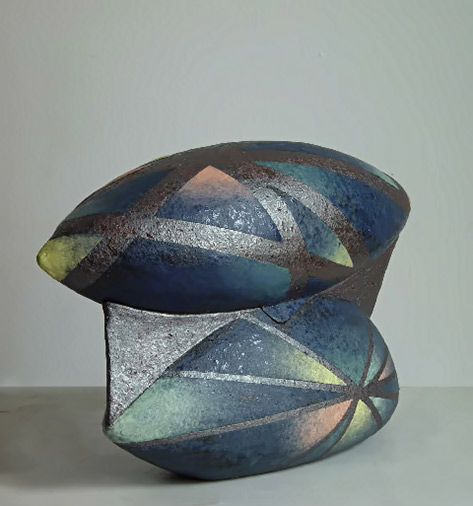
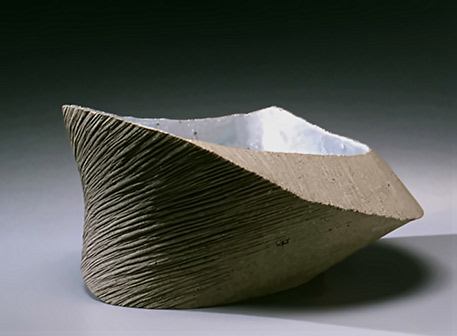
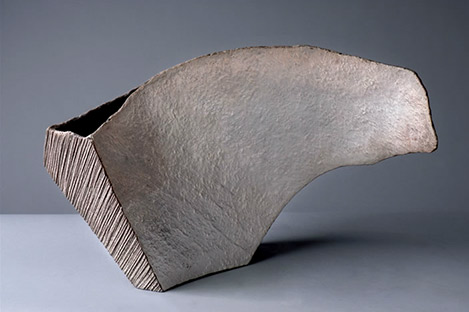
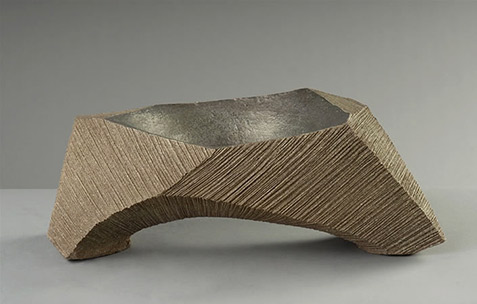
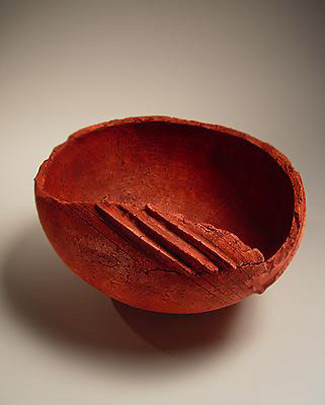
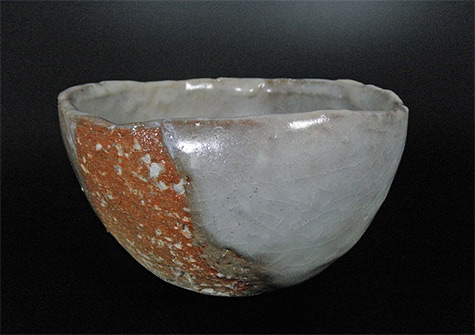
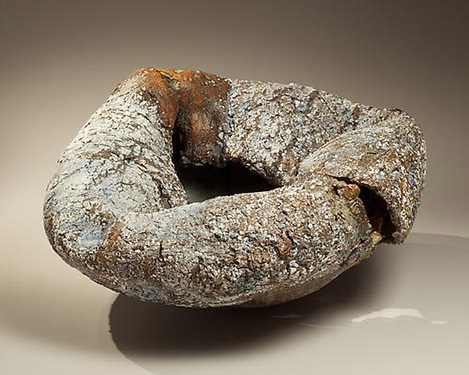
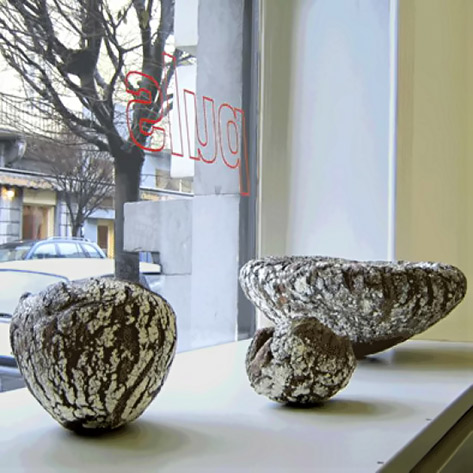
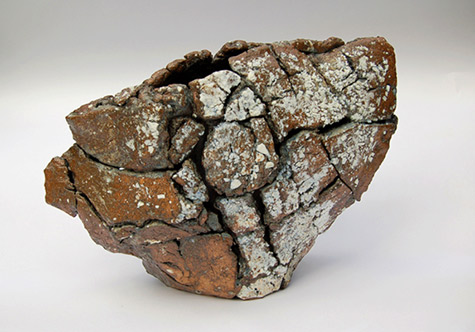
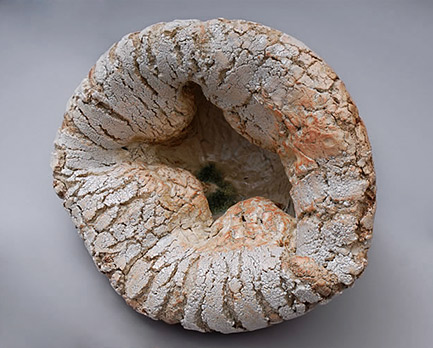
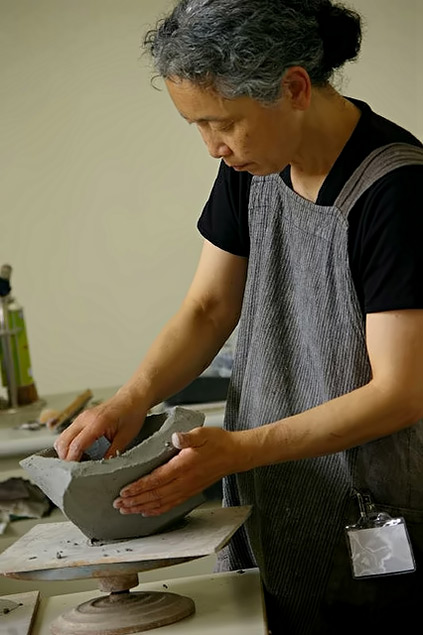
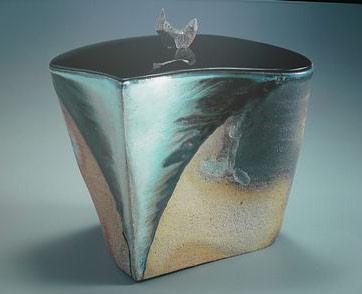
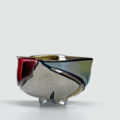
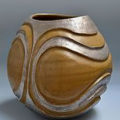
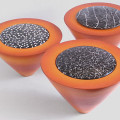

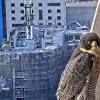
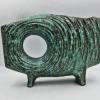
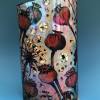
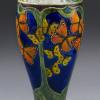

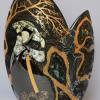
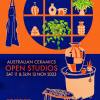
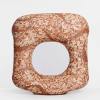
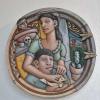
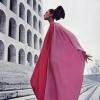
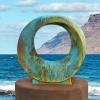
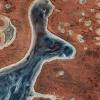
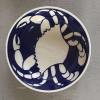


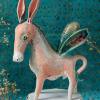
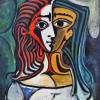

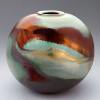
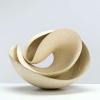
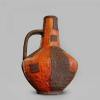
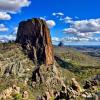
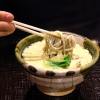

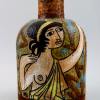
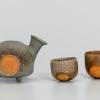
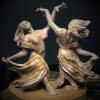
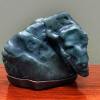
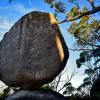
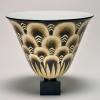

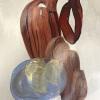

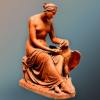

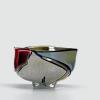
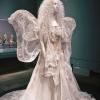
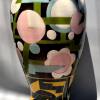
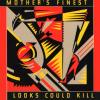
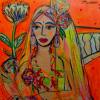
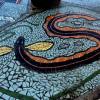
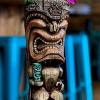
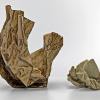
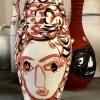
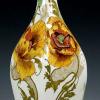


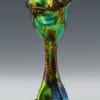
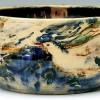
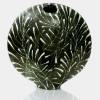
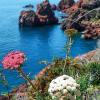
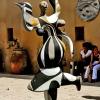
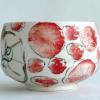
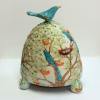
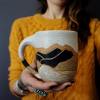
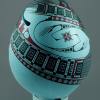
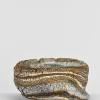
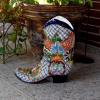
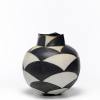
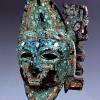
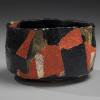
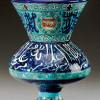
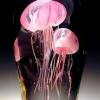
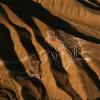
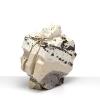

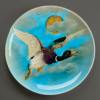
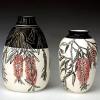
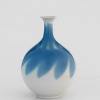
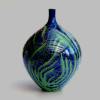
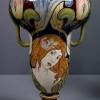
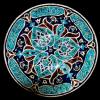
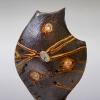
6 Comments
They are really fantastic. And I am looking forward to see more of dis works in my mail to help me in my area of study. As an industrial artist.
This work is thoughtful, honest and competent. I enjoyed every piece and understood the content.
Thank you for sharing this work.
Magnifiques créations, uniques, très raffinées.
FELICITATIONS
Wow!!!
Muy bello, felicidades!!!
Translation for above – Very beautiful, congratulations !!!